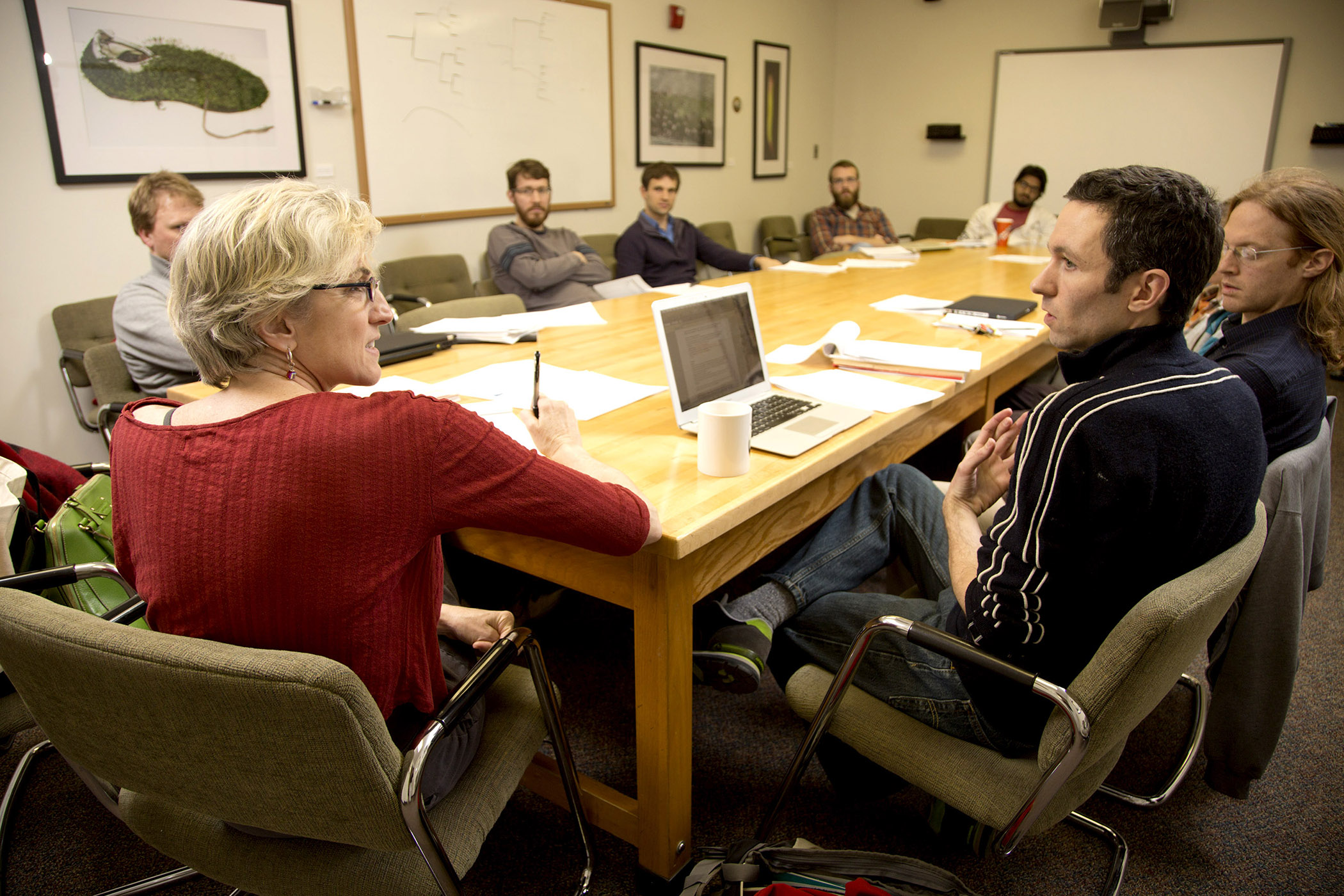Some of you may be wondering, “Is YGITW the only source for my college admissions needs?” and the answer is no! There are many different admissions blogs available on the internet (although YGITW is obviously the best ;), but here are six blogs that will help you will all of your admissions questions!
Are you interested in the Ivy League? If you answered yes, then this blog is for you! Ivy Coach provides information on the college admissions process for the schools in the Ivy League such as Yale, Harvard, and Dartmouth. With the Ivies being some of the most competitive schools in the nation, Ivy Coach is sure to help when it comes to fulfilling your Ivy dream. Along with college admission, the blog also includes information about Ivy League sports and college athletes. Ivy Coach has also received national recognition and has been featured in credible newspapers such as The New York Times and The Wall Street Journal.
Particularly Helpful Posts:
The College Solution is a blog created by Lynn O’Shaughnessy who is a nationally recognized college expert, journalist, author, and educator. Her blog consists of everything from college rankings to finding different scholarships. Her articles provides an expert's view on the college admissions process and this blog is great for many different uses!
Particularly Helpful Posts:
The Insider Blog contains information for both parents and students. This blog highlights three major aspects: A Parent’s Perspective, School Spotlight, and Scholarship Spotlight. These different topics feature articles about parents, details about specific schools, and scholarships. But, these aren’t the only topics available on the website, College Coach provides various others such as Advice from the Experts and Tips for Acing the Essays. Another unique feature of this blog is that they provide podcasts for students and parents to listen to on an ample amount of topics.
Particularly Helpful Posts:
Princeton Review is most notably known for its Advanced Placement review books, but did you know that there was a college admissions blog? College Advice from the Princeton Review provides everything about college advice. The menu selector located on the website can be easily navigated. The menu consists of different sections: Apply, Pay, Prep, Study and Succeed. These tabs can be easily located and it can help you with whichever topic you need. A great feature on this blog is that it also includes tools that can help match you to your perfect university and major!
Particularly Helpful Posts:
College Planning from Best College Fit provides great information about the college admissions process. One thing that stands out for this blog is the Readers’ Forum. The forum allows students to send in questions to the blog’s primary contributor, Peter Van Buskirk. He also tailors his articles based on the questions he receives from his readers. This blog is especially helpful because of how applicable these posts can be as well as how personalized.
Particularly Helpful Posts:
WANT TO LEARN MORE ABOUT COLLEGE ADMISSIONS? CHECK OUT THE YGITW BOOK HERE!
LOOKING FOR A HIGH SCHOOL OR COLLEGE INTERNSHIP? APPLY HERE!
PHOTO CREDITS:


















